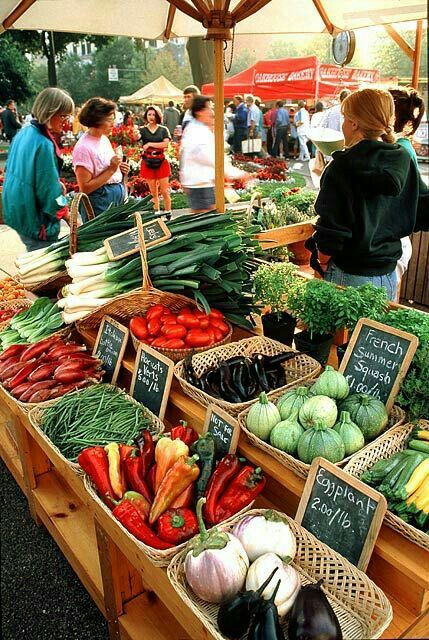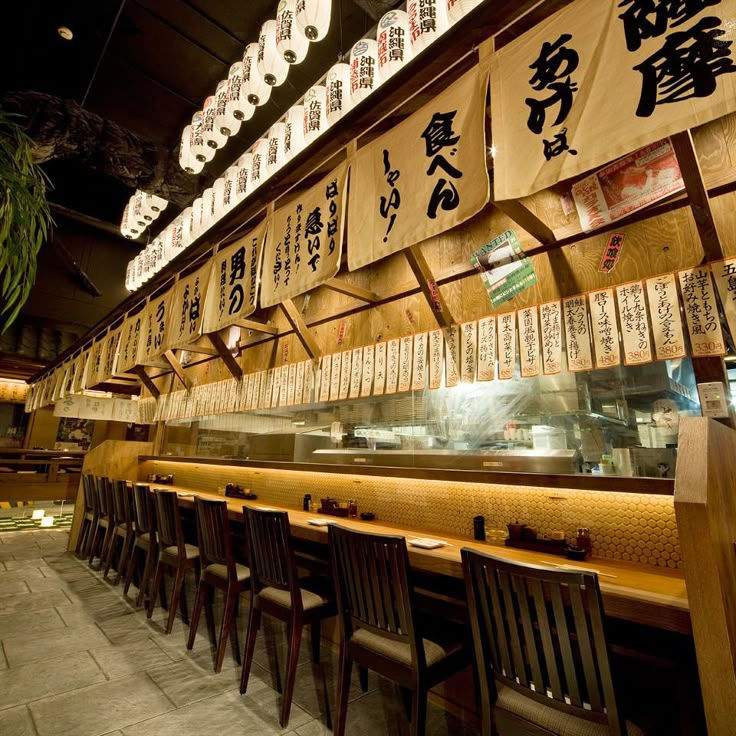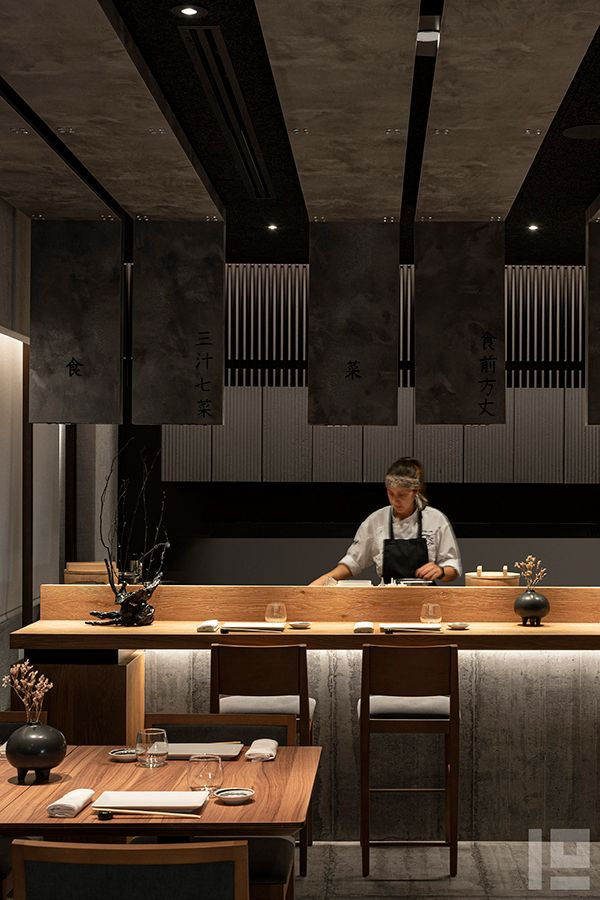How to deal well with local suppliers
- kforest0911
- 5月12日
- 読了時間: 3分
~Finding a reliable partner supports the store~
When you open a Japanese restaurant in the United States, **one of the first barriers is "purchasing"**.
In part, how to secure ingredients that you do not want to compromise on quality, such as fish, vegetables, and seasonings,
It is closely related not only to the "quality of the food" but also to the "concept of the store" and "price range".
🐟 Why is "local supplier" important?
✅ 1. The freshness is different
Long-distance transportation takes time and money
If it is a local market or company, it can be caught in the morning and delivered on the same day.
✅ 2. Easy to communicate
It is easy to respond to detailed requests (e.g. fish pre-processing, size specification, etc.)
If you build a relationship of trust, limited products and special information will also come around.
✅ 3. You can appeal to local production and consumption
In the United States, "local" and "sustainable" become brands
Localization is also possible with "Japanese California Roll" using local vegetables
🐟 Why is "local supplier" important?
✅ 1. The freshness is different
Long-distance transportation takes time and money
If it is a local market or company, it can be caught in the morning and delivered on the same day.
✅ 2. Easy to communicate
It is easy to respond to detailed requests (e.g. fish pre-processing, size specification, etc.)
If you build a relationship of trust, limited products and special information will also come around.
✅ 3. You can appeal to local production and consumption
In the United States, "local" and "sustainable" become brands
Localization is also possible with "Japanese California Roll" using local vegetables
📦 "Stability" is more about purchasing than "cheap"
If you choose only because of the low unit price, you tend to be troubled by sudden shortages, quality variations, and delivery time problems.
In eson, there is a high risk in Japanese food with ingredients such as sushi, tempura, and boiled food.
Let's choose "trust" and "flexibility" rather than "price" when purchasing.
🌱 Summary: The supplier is not "behind the scenes" but "partner"
If you meet a good supplier, 50% of the store will be successful.
When you are at a loss, review the direction of the dish again and start by carefully selecting the ingredients you really need.
ローカル仕入れ先との上手な付き合い方
〜信頼できるパートナー探しが店を支える〜
アメリカで日本食レストランをやるとき、**最初の壁の一つが“仕入れ”**です。とくに魚・野菜・調味料など、品質を妥協したくない食材をどう確保するかは、「料理のクオリティ」だ
けでなく、「店のコンセプト」や「価格帯」にも大きく関わります。
🐟 なぜ“ローカルの仕入れ先”が重要なのか?
✅ 1. 鮮度が段違い
長距離輸送では時間もコストもかかる
地元の市場や業者なら、朝獲れ・当日配送も可能
✅ 2. コミュニケーションがとりやすい
細かい要望にも対応してもらいやすい(例:魚の下処理、サイズ指定など)
信頼関係を築けば、限定品やお得情報も回ってくる
✅ 3. 地産地消をアピールできる
アメリカでは“地元産”や“サステナブル”がブランドになる
地元野菜を使った「Japanese California Roll」などでローカライズも可能
🧭 どうやって仕入れ先を見つける?
🔍 Step1:同業の日本食レストランを観察
メニューやSNS投稿から、使用食材や仕入先のヒントを得る
食材名・産地などをメモしておくと◎
📞 Step2:現地の業務用卸やマーケットに直接連絡
「Asian Food Supplier + 地名」でGoogle検索
現地のフードショーや業者向け展示会に参加するのも有効
🤝 Step3:まずは小ロットから取引を
信頼できるか、品質が安定しているかを見極める
「試しに1ヶ月だけ」のスタンスが◎
📦 仕入れは“安さ”より“安定”が命
単価の安さだけで選ぶと、急な欠品・品質のばらつき・納期トラブルに悩まされがち。とくに寿司・天ぷら・煮物など、素材が命の日本食ではリスクが高いです。
仕入れは、「値段」よりも「信頼」と「柔軟さ」で選びましょう。
🌱 まとめ:仕入れ先は“裏方”ではなく“パートナー”
良い仕入れ先と出会えれば、それだけで店の50%は成功したようなもの。迷ったときは、料理の方向性をもう一度見直して、本当に必要な食材を厳選するところから始めましょう。




コメント